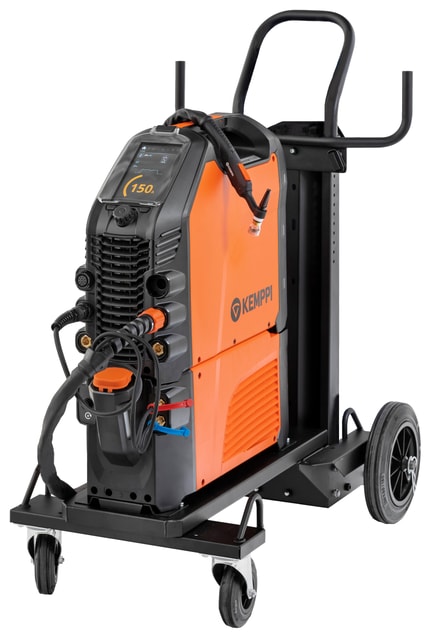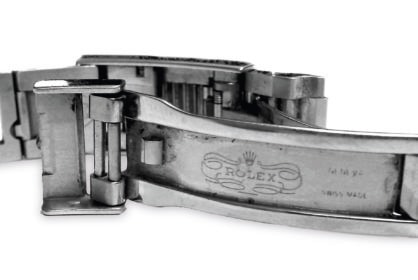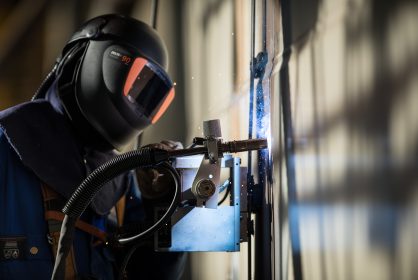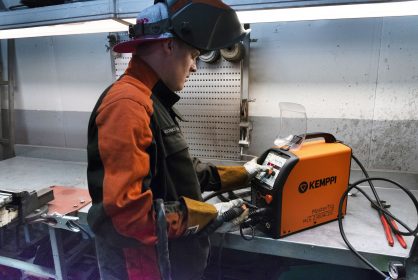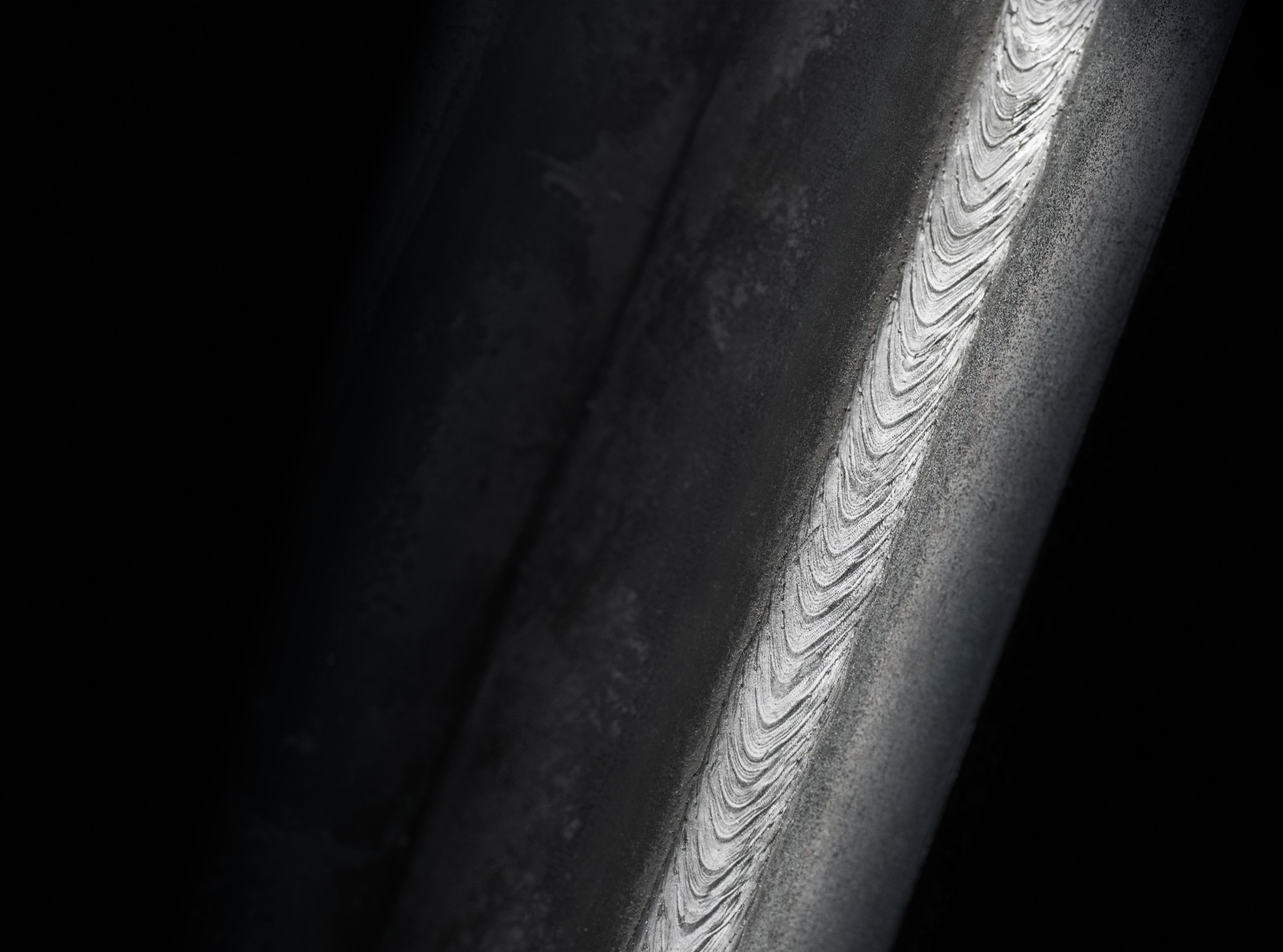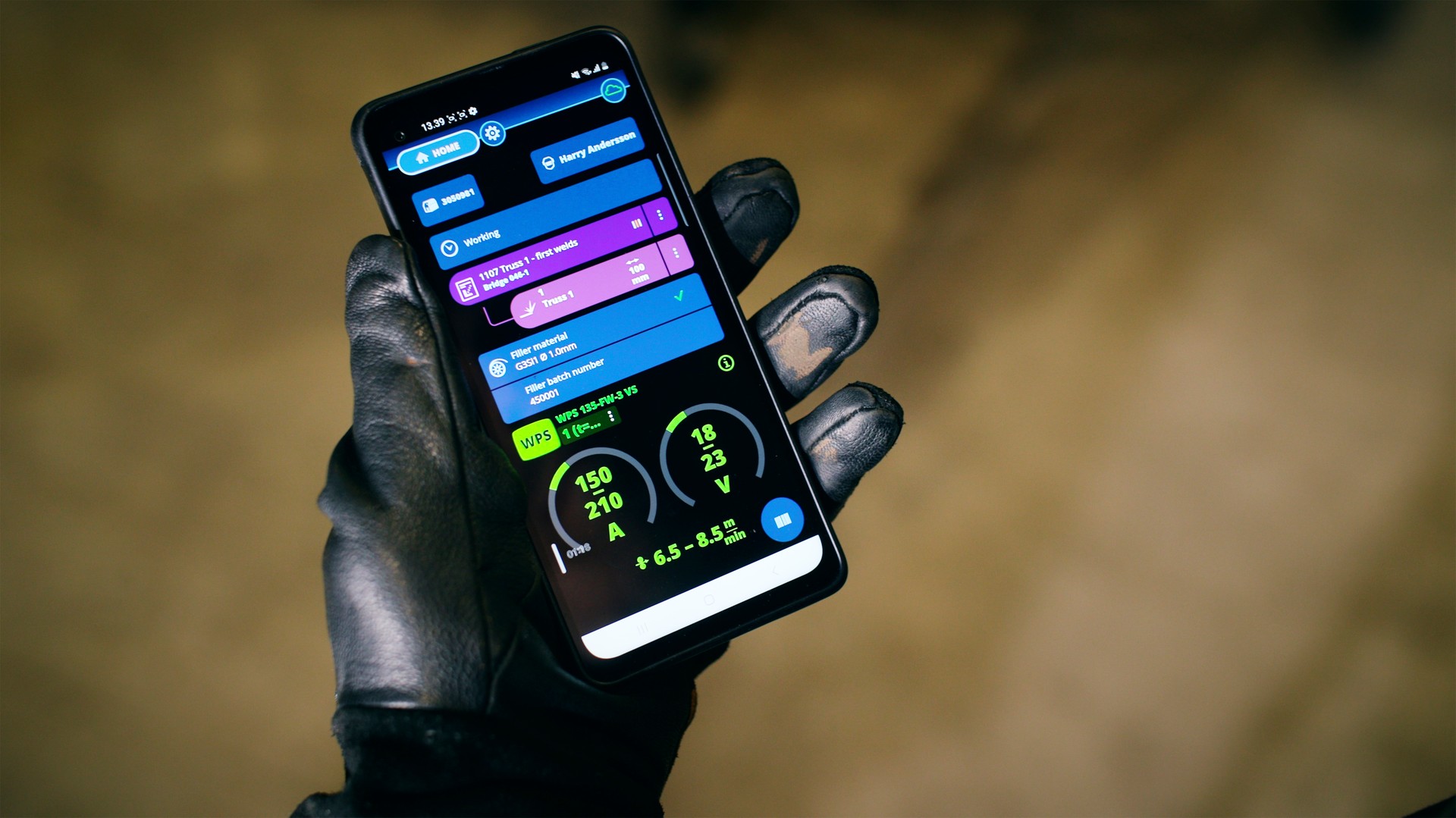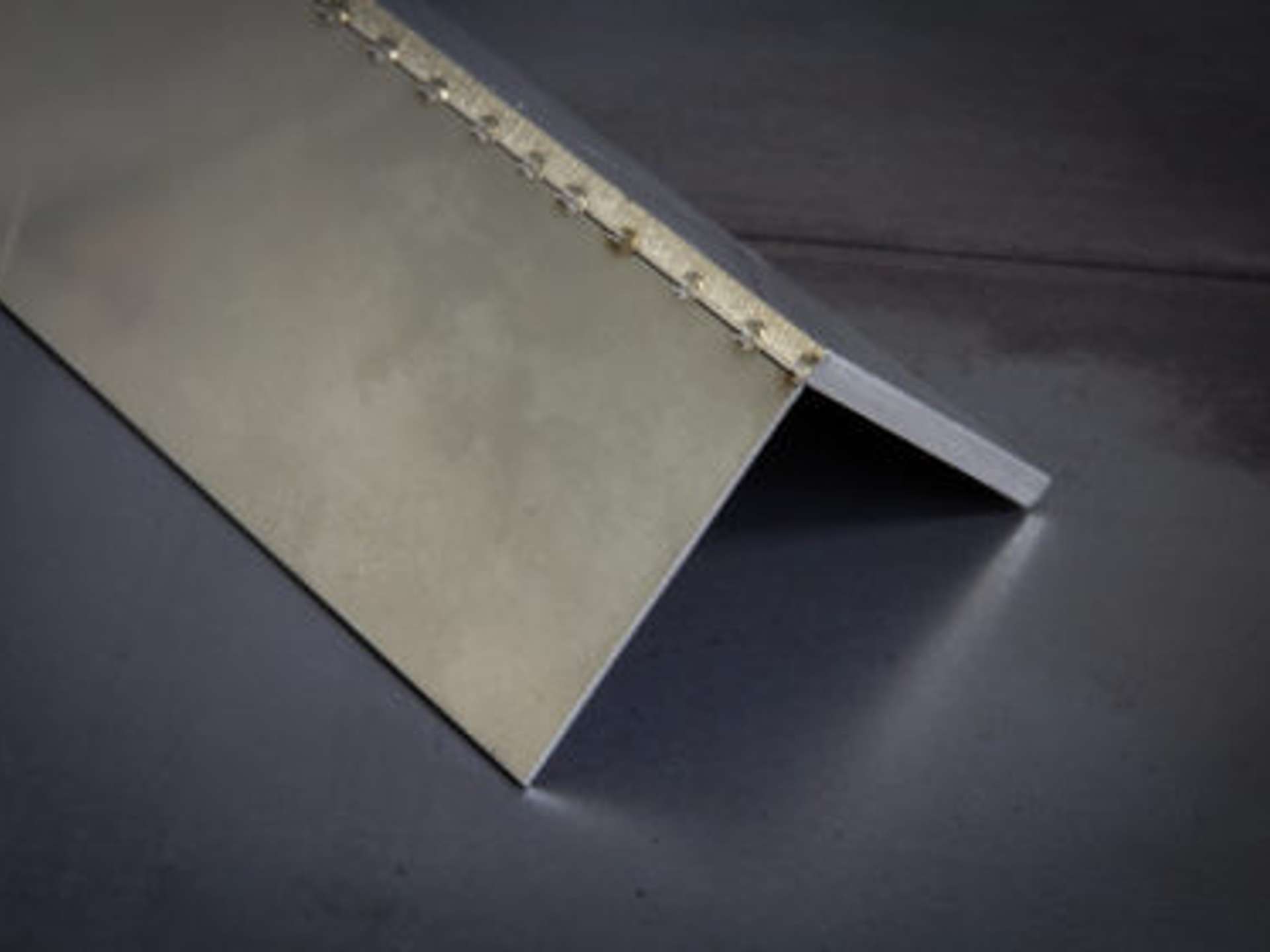
L'innovation
MicroTack revolutionizes the tack welding of thin sheet metal
18 juin 2019
Tack welding is one of the most important work phases before welding. In tacking, the structural parts are combined with short tack welds in preparation for the actual welding. The tack welds keep the parts in the correct position in relation to each other until the welding has been done.
Petteri Jernström

Petteri Jernström
Petteri Jernström
Vice President, Technology at Kemppi Oy until February 2020. A technology innovator with extensive experience across a variety of sectors and roles in the welding industry. Curious about discovering, learning, and inventing new ways of doing things. Petteri holds a Doctor of Science degree in Welding Technology from the Lappeenranta University of Technology, Finland.
